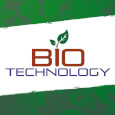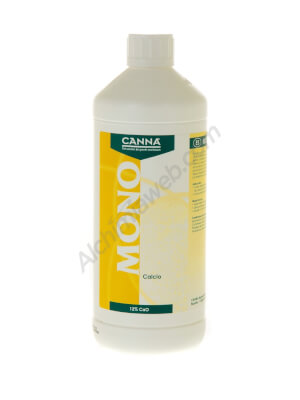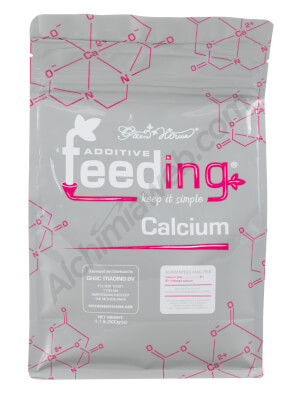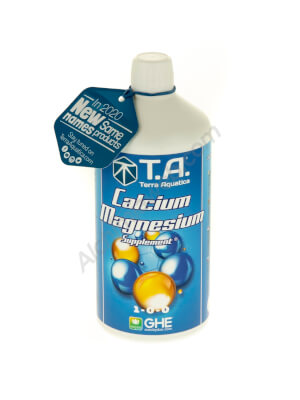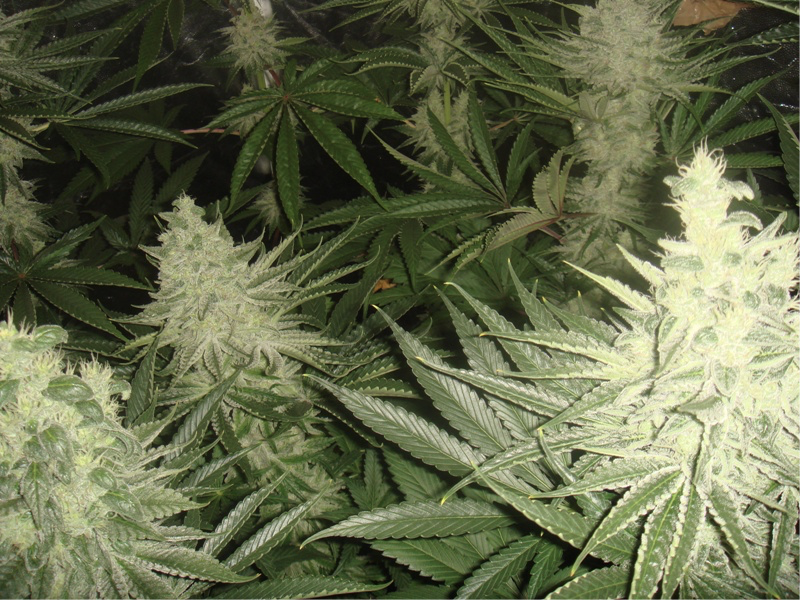Deficiency and excess of Calcium in cannabis plants
List of contents
Growing cannabis is an art and science in constant evolution, where every detail counts to obtain healthy and vigorous plants, as well as abundant harvests. Plant nutrition is a key aspect of proper development, with calcium playing a crucial role in the development and health of crops.
From the formation of cellular structure to disease resistance, calcium is an essential component in the arsenal of nutrients that growers must provide their plants to achieve quality harvests. In this article, we will thoroughly explore the role of calcium in growing marijuana, looking at its main functions, signs of deficiency and excess, as well as best practices to ensure an optimal supply of this vital nutrient.
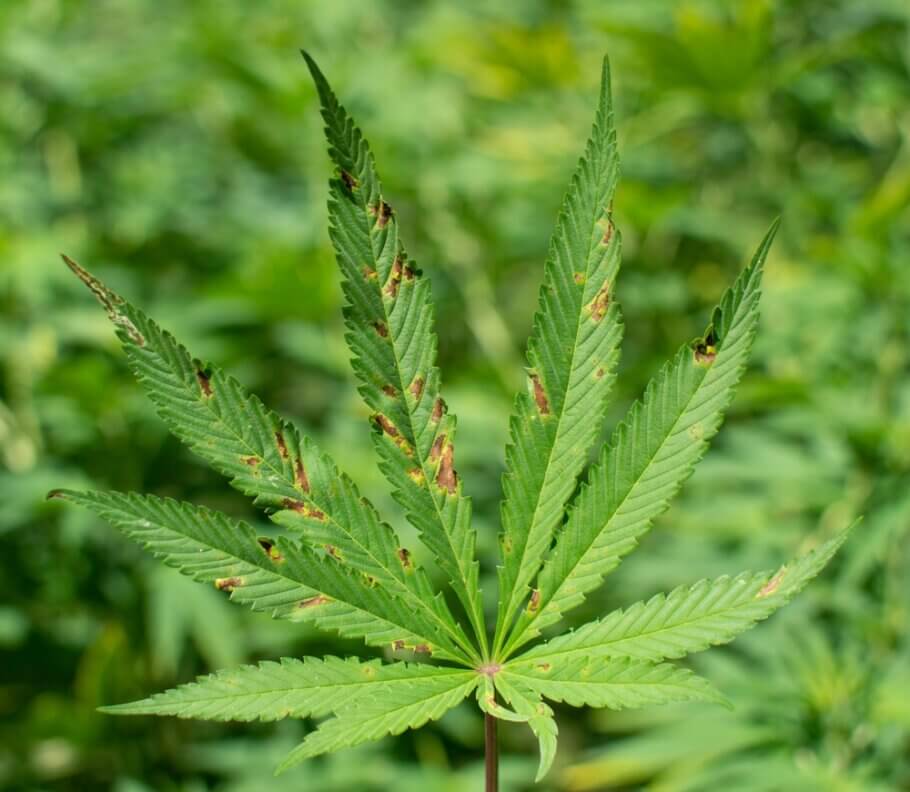
Calcium and cannabis
Calcium is a secondary nutrient of great importance given the large amount that the plant needs throughout its cultivation. Right from the beginning, in the seed germination stage, calcium intervenes directly in the development of the roots and participates directly in the synthesis of proteins, being in turn an active ingredient for enzymes. It is absorbed by the roots in the form of a Ca++ ion.
It also acts as a support for other elements that, combined as in the case of calcium, participate in different metabolic processes such as the creation of vitamins, in this case vitamin B12. These vitamins adhere to and form part of the cell walls of plant tissues, making them more resistant to attacks by pathogens, and also keeping their cells vital and active.

Functions of calcium in marijuana plants
- Calcium is necessary for the development of the cell walls of the root system
- It is an immobile element
- Helps the degradation of organic matter for the assimilation of nutrients by the plant
- It acts as a bridge between humus and nutrients.
Calcium Deficiency
Calcium is an easy element to find in the soil since its availability for plants is abundant and there are usually no deficiencies of this element except in those soils with a very acidic PH.
Deficiencies may be more present in hydroponic crops since the substrate used is inert (coconut, clay, rock wool, mapito...) or non-existent as in the case of aeroponic crops.
In these cases, we must ensure that the calcium intake for cannabis is adequate so as not to suffer from deficiencies from the beginning. Many of the fertilizers that we find on the market are designed with a calcium content, although sometimes it is not enough to avoid deficiencies, especially if reverse osmosis filters are used.

In this case, we must adjust the nutrient solution (SN) before applying any other fertilizer, with two parts of calcium to one of magnesium and reaching from an EC 0.0 to EC 0.3-0.4.
Visible symptoms of calcium deficiency in cannabis
- The youngest leaves of the plant are the first to be visibly affected
- The development of the upper part of the plant is delayed
- The root system is affected, which reduces the absorption of fertilizers.
- As the deficiency progresses, the youngest leaves appear yellowish and will become deformed as the deficiency progresses.
- Bud production is seriously reduced
To help eradicate calcium deficiency, we can make foliar applications of Ca with a Ph 7.2 directly to the affected leaves, along with another contribution through irrigation, adding calcium and magnesium, raising the initial EC by 0.2 points for about 5 days.
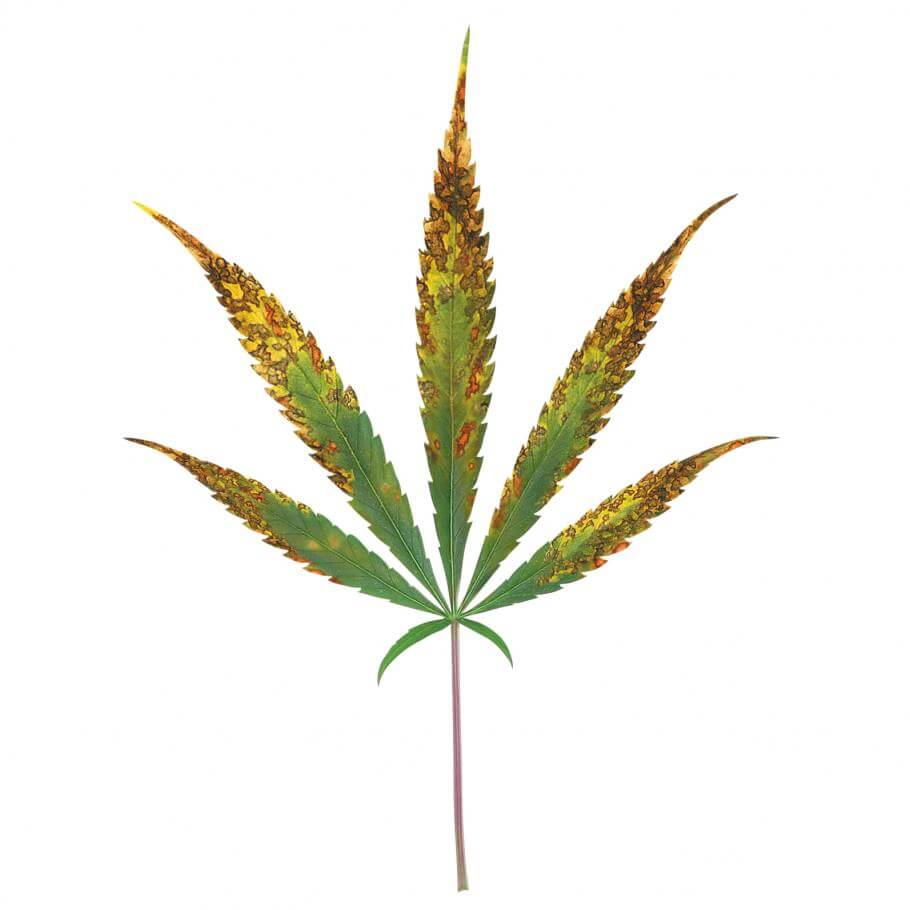
Excess calcium in marijuana
Excess calcium makes it difficult to detect, as it causes the blockage of several nutrients, creating deficiencies in potassium, magnesium, manganese, and iron. In different hydroponic growing systems, when there is excess calcium in the tank, it comes into contact with the sulfur in the nutrient solution, precipitating and remaining at the bottom of the tank. In this case, we will have to change the SN of the tank to adapt it to the needs of the crop.
Calcium is an element that is directly related to plant transpiration. This control of transpiration comes from the roots and stomata, located on the leaves and through which the plant transpires. In many cases, the stomata close due to excess heat may cause a superficial burn, confusing it with a symptom of calcium deficiency.
It should be noted that with a lack of this element, plants are always more susceptible to heat stress since calcium contributes to the creation of proteins that make the plant more resistant to heat.
How to provide calcium to marijuana plants
As we have already mentioned previously, if the water used to irrigate marijuana plants is osmotic, we must add Calcium and Magnesium before adding the fertilizers. Osmotic water has the peculiarity of not containing any nutrients, so its initial EC will always be 0.0.
Marijuana fertilizers already contain the microelements necessary for the life of the plant, but there are nutrients such as calcium or magnesium that must have a higher initial concentration to ensure that the plants will have the right amount of these nutritional elements.
If we use tap water with an EC of 0.3-0.4, it will be an adequate EC to be able to mix with the fertilizers, ensuring that they already contain adequate amounts of Ca and Mg. It should be noted that, depending on the variety grown, it will be necessary to provide calcium and magnesium during flowering to avoid the appearance of deficiencies from the 4th-5th week of flowering, right at the peak of this stage.
Flowering in Cannabis plants
Without a doubt, flowering is one of the crucial stages in cannabis cultivation. In this article we tell you everything you need to know about the bloom period of marijuana plants so you can get the most out of your crops.
In this case, this contribution will be important so that the plants can, on the one hand, reduce any type of stress throughout the crop and, on the other, be able to harvest the best quality and quantity of buds possible. For these cases we can use Aptus Regulator throughout the crop, reducing the plant's water needs by up to 30%, making them more resistant to dehydration caused by high temperatures or periods of drought.
Happy harvest!
































